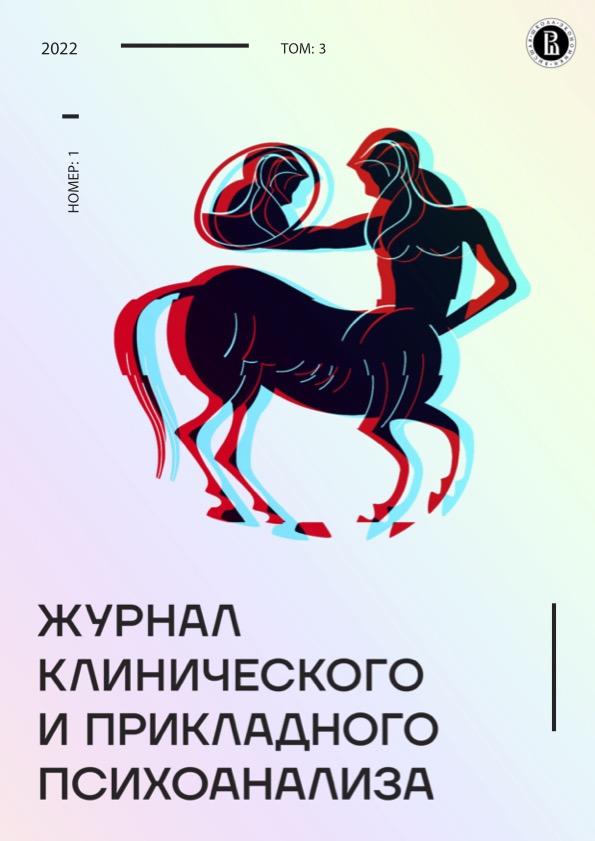To be a woman is to endure pain
Psychoanalytic research
Abstract
The article examines the problem of the formation of female identity during pregnancy and childbirth, presented from the point of view of a psychoanalytic approach. The essential characteristics of the pregnancy process are analyzed in the works of famous psychoanalysts: Z. Freud, K. Horney, J. Kestenberg, D. Pines and others. It has been proven that pregnancy and childbirth represent one of the necessary stages in the formation of female identity, completing her psychosexual development. The main characteristics of pregnancy as a crisis point in the modification of all spheres of a woman's life are revealed, regressive and progressive tendencies during this period are analyzed. The main factors influencing the healthy, adaptive and maladaptive type of female identity development have been identified. The conditions favorable for identification with the internal image of the mother, as well as the factors that complicate and cause pain and trauma to emotionally immature women in the course of the formation of their maternal self are studied in detail. The article proves that being a woman involves the passage of a number of traumatic events for the body and soul, bodily experiences, in which the identity of the feminine and maternal self is enriched. If it is impossible to endure pain, crisis moments during pregnancy on the basis of a conscious approach to this process, it is also impossible to truly become a woman.

